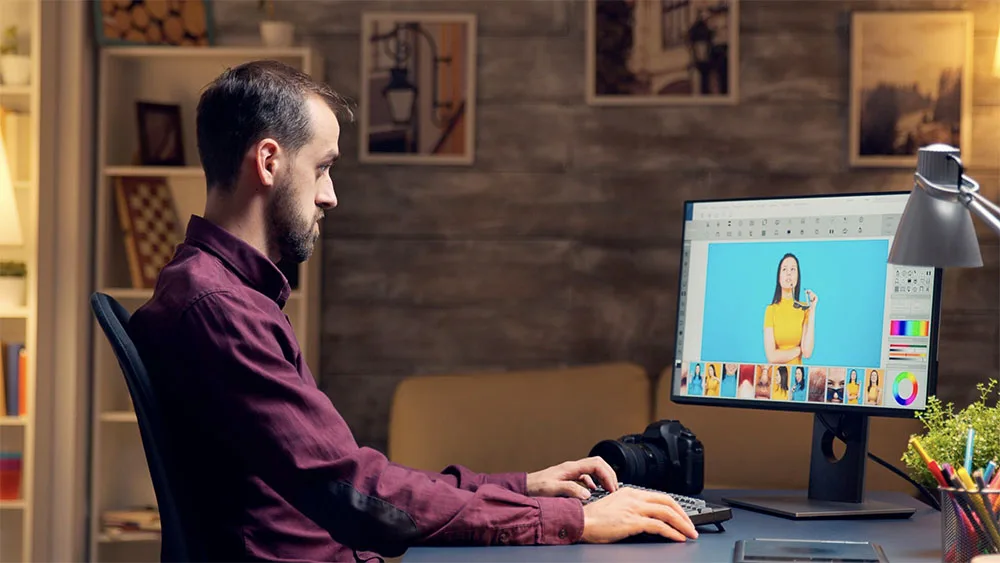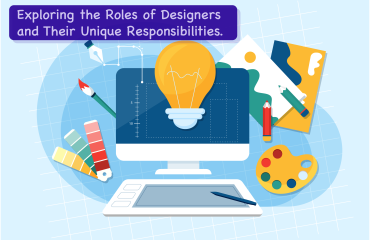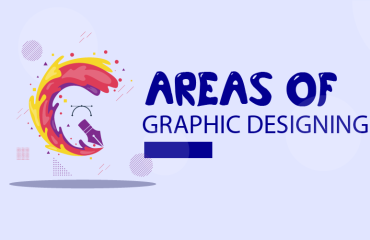
The Vital Role of a Graphic Engineer in Design and Development
In the ever-evolving world of design, where aesthetics meet functionality, there exists a role that often goes uncelebrated but is pivotal to the success of any design project — the graphic engineer. This unique blend of engineering precision and creative flair ensures that the designs we see in packaging, branding, and product interfaces are not only beautiful but also functional and executable. From managing die lines in packaging to refining site code for visual consistency, graphic engineers serve as the glue that binds creativity with practicality.
The Graphic Engineer: A Crucial Member of the Design Team
Graphic engineers are not just designers; they are the backbone of a well-functioning creative team. Their deep understanding of both graphic design principles and technical requirements allows them to bridge the gap between pure art and implementable output. One of their primary responsibilities involves working on packaging die lines, which require precision, accuracy, and a thorough understanding of print production standards. Additionally, they may be involved in coding aspects, ensuring that design elements translate seamlessly into the digital environment.
The impact of a graphic engineer’s work can significantly reduce the workload of other team members. By addressing potential issues at the design stage, they prevent delays in later stages of production. Their keen eye for detail and commitment to accuracy help ensure that everything aligns perfectly from the start, minimizing the need for time-consuming revisions.
Detail-Oriented Professionals With a Passion for Quality
One of the defining characteristics of a graphic engineer is their obsessive attention to detail. These professionals are known for going above and beyond to ensure every element of a project is flawless. This includes delving into documentation, gathering feedback, and verifying that every component of the design adheres to quality standards.
A graphic engineer is someone who will notice if a color is slightly off, if the alignment is not pixel-perfect, or if a font is not rendering properly across different platforms. This meticulousness, while sometimes seen as overly critical, is what sets them apart and makes them invaluable to any creative team.
Because of this intense focus on quality, graphic engineers often take extra precautions. They test designs across various scenarios, prepare contingency plans, and ensure that every possible error is anticipated and addressed. The responsibility they shoulder is immense because if something goes wrong, the blame often falls squarely on their shoulders. Yet, rather than shy away from this accountability, graphic engineers embrace it, driven by a desire to uphold the highest standards.
Problem Solvers at Heart
Graphic engineers live in a world of troubleshooting. Their days are filled with solving errors, whether those are related to print layouts, coding discrepancies, or file compatibility. This constant problem-solving sharpens their skills and enhances their ability to foresee issues before they arise.
What makes them even more effective is their focused approach. Graphic engineers do not just fix problems; they analyze root causes and implement sustainable solutions. They are not content with temporary fixes. Instead, they work toward long-term improvements in design systems and workflows.
Due to their deep understanding of industry trends, software updates, and technical requirements, graphic engineers often become the go-to people for guidance on best practices. They are tech-savvy and always updated on the latest tools, which they use to make processes more efficient.
Give Them Space to Thrive
To do their best work, graphic engineers need an environment that supports concentration and creativity. It has been observed that they prefer spacious work areas with good natural light. These preferences are not just about comfort; they are essential for managing the high levels of stress that come with the job.
Hovering over their shoulder or micromanaging their tasks is counterproductive. Graphic engineers work best when they are trusted and allowed the freedom to operate independently. They thrive in settings where they can control their workspace, schedule, and tools. When given this autonomy, they deliver exceptional results with minimal supervision.
Value Their Opinions and Expertise
Graphic engineers are not just executors; they are thinkers and innovators. They conduct independent research and bring years of experience to the table. Their opinions are grounded in extensive practical knowledge, which makes their insights incredibly valuable.
Ignoring a graphic engineer’s advice can lead to costly mistakes. On the other hand, considering their input can streamline processes and enhance overall project quality. They are known for offering constructive feedback, and their suggestions often lead to smarter design choices and more efficient production methods.
By respecting their expertise and involving them in decision-making, teams can benefit from their strategic thinking and avoid many common pitfalls.
Managing Pressure and Emotional Responses
Given the high-pressure nature of their role, it is not uncommon for graphic engineers to experience moments of frustration. The constant demand for perfection, tight deadlines, and the responsibility of troubleshooting can sometimes lead to emotional outbursts.
Rather than reacting negatively to these moments, it is important to understand their root cause. A little patience and empathy can go a long way. Allowing a graphic engineer the space to vent occasionally can help them reset and return to their work with renewed focus. These outbursts are often just expressions of their deep investment in their work and their desire to uphold high standards.
Natural Educators and Mentors
Graphic engineers often find themselves in teaching roles, whether formally or informally. Their deep understanding of design tools and techniques makes them natural educators. They are usually more than willing to share their knowledge, especially if it helps the team function more smoothly.
Teaching also benefits the graphic engineer. When team members understand the rationale behind certain decisions or the complexities of a task, they are more likely to collaborate effectively. This mutual understanding reduces friction and leads to better outcomes for the entire team.
Graphic engineers are also aware of the latest trends and developments in the field. Their continuous learning habit makes them excellent sources of up-to-date information. Whether it’s a new software update, a change in print standards, or a fresh design trend, graphic engineers are often the first to know.
The Business Impact of Graphic Engineering
The role of a graphic engineer extends beyond the creative studio. Their work has a direct impact on the business side of operations. High-quality, error-free designs lead to fewer revisions, faster approvals, and better customer satisfaction. This efficiency translates into cost savings and improved profitability.
Moreover, when packaging and branding are executed flawlessly, they enhance brand image and customer perception. Graphic engineers ensure that what the brand promises is accurately reflected in its visual representation. This consistency builds trust and credibility.
Graphic engineers also contribute to innovation. By exploring new tools and techniques, they often introduce more efficient workflows and creative possibilities. Their input can lead to breakthrough ideas that set a brand apart from its competitors.
Collaborating With Graphic Engineers
For teams looking to make the most of their graphic engineers, collaboration is key. Here are some tips:
- Involve them early: Bring graphic engineers into the project at the planning stage so they can flag potential issues early.
- Communicate clearly: Provide them with detailed briefs and all necessary assets to minimize back-and-forth.
- Respect their time: Avoid last-minute changes that disrupt their workflow.
- Be open to learning: Take advantage of their knowledge and ask questions.
- Give credit: Acknowledge their contributions publicly to boost morale.
Conclusion
Graphic engineers are unsung heroes in the world of design. Their unique blend of creativity, technical know-how, and problem-solving skills makes them indispensable. From refining die lines to ensuring pixel-perfect digital execution, they contribute at every stage of the design process.
Understanding and appreciating their role can lead to smoother workflows, higher-quality outcomes, and a more cohesive team. Whether it’s giving them the space to focus, respecting their opinions, or learning from their expertise, investing in a strong relationship with your graphic engineer pays off in every project you undertake. In a world that demands both beauty and precision, the graphic engineer is your secret weapon.


